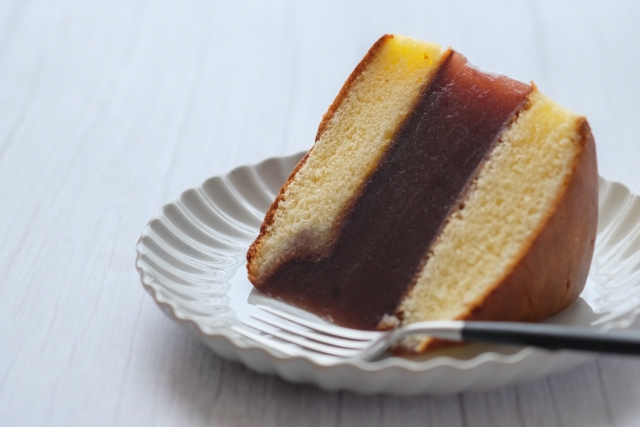Ghibli new movie “The Boy and the Heron” released in North America on December 28, 2023, the film claimed the top spot in the overall weekend box office rankings. It premiered in 2,205 theaters across the United States and Canada, earning approximately $12.8 million in the opening three days from the release date to the 10th day, setting a record as the highest-grossing Japanese animated film to date.
Since opinions on the film itself vary, I’ll refrain from providing personal comments. Instead, this article will introduce a Japanese sweet called ‘Siberia,’ featured in the movie. This confection, which also appeared in another Ghibli film, ‘The Wind Rises,’ has recently gained popularity in Japan as a retro sweet.
About the scenes in this film Siberia appears
This film is set in Japan during the war years of 1930-1950, a time when people’s lives were impoverished due to World War II.
At the time, Mahito’s home town of Tokyo was being bombed by the U.S., and children were being evacuated to the countryside to escape the war.
At the evacuation site, Natsuko, Mahito’s father’s partner from his second marriage, brought Mahito a plate of tea and Siberia, but Mahito did not pay attention to it.
In this era, food rationing was controlled by the government, and sugar was a precious commodity, so of course Siberia must have been valuable.
Incidentally, in the movie “The Wind Rises,” there is a scene in which the main character gives Siberia to a poor child, and Siberia was depicted as a symbol of affluence.
What kind of sweet is Siberia?
It has a rather short history, and became popular around 1920.
It is a sweet made by sandwiching a European sponge cake with a Japanese Japanese sweet red bean paste (red beans boiled in sugar and made into a paste).

What is the origin of the name?
The origin of the name has various theories. Roughly speaking, Siberia refers to the eastern side of Russia, more towards Asia. During a war with Russia, the general at that time was said to have a sweet tooth. In response, confectioners created and named this sweet ‘Siberia’ after the region, handing it over to the general.
How to cook Siberia?
I’ve never heard of anyone making this confection at home, as it seems to be something crafted by specialty stores due to the intricate process involved. I’ve attached a link to a tutorial with English subtitles.



